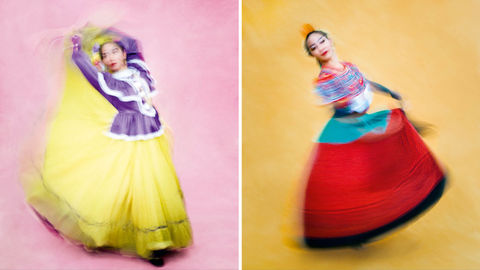
Inspired by a photo series spotlighting the baile folklórico dancers of Mexico, Stephanie Elizondo Griest considers her own evolving relationship with her Mexican roots—and reflects on how the dance became a symbol of national identity. Photographs by Delphine Blast
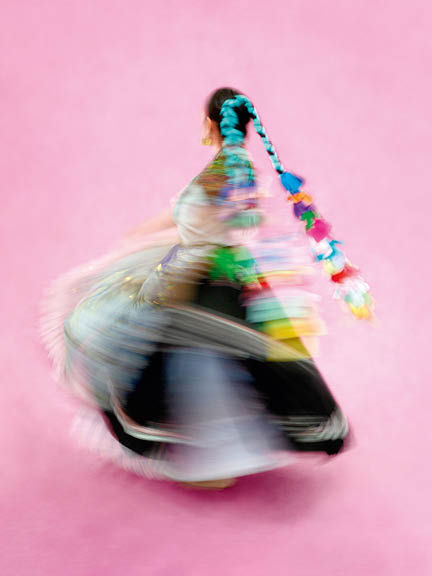
The year I turned 30, I decided it was time to make my ancestors proud—or at least stop disgracing them. So I quit my job in Brooklyn, shoved my stuff into storage, and moved to the colonial city of Querétaro to become more Mexican. My goal was to improve my gringa Spanish, but on my way to class that first day, I got distracted by a joyous sound. Across a courtyard and down a hall spun a colour wheel: magenta and green, tangerine and turquoise, red and yellow, whirling from the skirts of a dozen women practising Mexican baile folklórico, or folk dance. They were uniformly radiant as they sashayed with their partners across a floor that doubled as an instrument. Together, they pounded and clattered their feet against the wooden slats, each beat amplified by the nails in their shoes. Their energy was kinetic, their smiles ebullient.
I was reminded of that day when I encountered Dancing Flare, a photo series by the French photographer Delphine Blast, highlights of which are shown in this space. Blast captures the dancers of a Querétaro troupe in motion, showing both the jubilation and dignity of folklórico. Each detail—a headpiece, an embroidered hem—hints at its heritage. Every swish of a skirt and stomp of a foot tells a story.
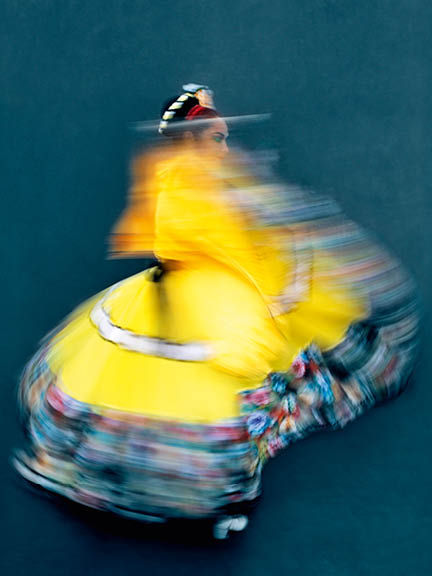
I first saw this art form growing up in South Texas. At school talent shows, parents would erupt in shouts and whistles as soon as those double-circle skirts started twirling. No other performance elicited such applause, which surprised us bun-heads in tutus. We didn’t realize baile folklórico was an act of resistance.
Long before the Spanish invaded Mexico, Aztecs would don headdresses and perform to the pulse of rattles and drums. As colonisation displaced indigenous groups and carved new trade routes, bloodlines and traditions mixed, with every region developing its own styles. Still, the ruling class considered European waltzes and polkas superior—until revolution broke out in 1910.
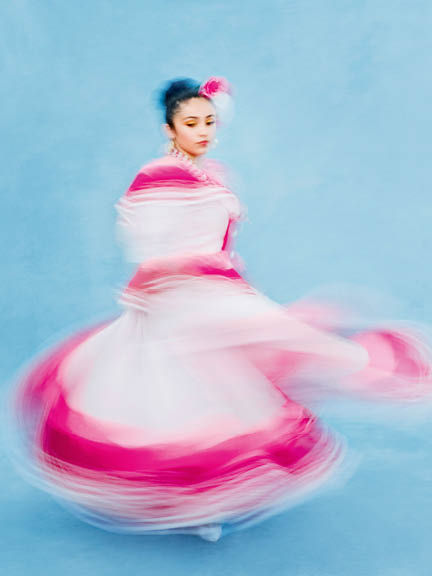
“The new government needed to create a vision for what it meant to be Mexican,” explained anthropologist Olga Nájera-Ramírez, who’s studied folklórico for more than 40 years. Their solution: teach folk dances in schools to promote a unified Mexican identity steeped in indigenous and rural campesino cultures. A typical performance is divided into cuadros, or suites, that showcase regional diversity through costumes, props, and music. Dances from coastal Veracruz incorporate Afro-Caribbean movements, while northern states infuse ranching culture. Some troupes now strive for authenticity, preserving local traditions; others cater to tourists by prioritising theatricality.
Amid the Chicano Civil Rights Movement of the 1960s, folklórico flourished in the United States. College students who had long suffered the consequences of their accents and skin tones found refuge on the dance floor. “I thought, ‘wow, I don’t have to erase my Mexican identity here’,” said Nájera Ramírez, who took up the dance as a student at UC Santa Cruz. “I could publicly embrace it.”
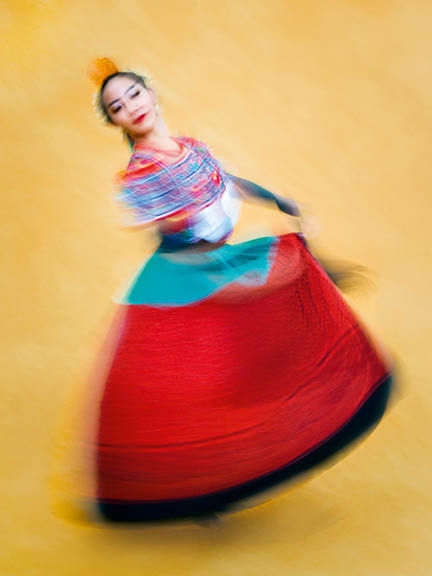
I spent my youth sampling every form but folklórico: ballet, tap, jazz, even Rockette-style kick lines, never learning so much as a zapateado until that day in Querétaro, when a pair of dancers spotted me cowering in the doorway and beckoned me to join. Lifting her skirts to show her thick-heeled leather shoes, the woman began to step right-left-right, left-right-left. I plodded along in my Keens but lost the pattern immediately. The man knelt and clapped at my feet—uno dos tres, uno dos tres—until I found it.
Someone inserted a cassette into the boom box. A mariachi emitted a triumphant grito, and when the trumpets piped in, the spinning began. Around and around the couples danced, their feet rooted to the sonic earth while the women’s skirts swirled toward the sky. I longed to join them, but there were verbs to conjugate.
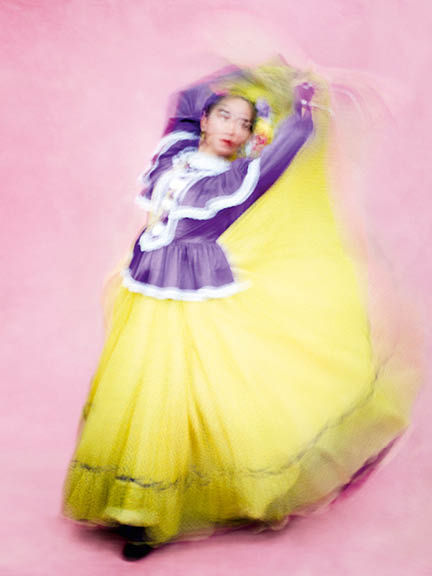
Today, 15 years later, I can’t help wishing I’d spent that year in Mexico on a dance floor instead of at a desk. What if, instead of greeting other Mexicans with my still-gringa accent, I could gather my skirts in my fists and soar like a hawk as my feet thundered beneath me? There are many ways to honour an ancestry. But only dance can link you to the past, ground you in the present, and elevate you to the spirits.
Related: Mexico’s Acapulco Beach Lit Up With Beautiful Neon-Blue Waves










